While some design patents make us smile with their quirkiness, others have stood the test of time, shaping industries and defining cultural icons. From guitar curves to smartphone screens, these designs prove that the look of a product can be just as transformative as its function. Let’s explore some of the most impactful design patents that became global icons and, in some cases, are still shaping our lives today.
USD48160S – Coca-Cola Bottle (1915)
The “hobble-skirt” Coke bottle was patented so it could be recognized “even in the dark or broken on the ground.” A century later, its silhouette remains one of the most distinctive shapes in consumer history, and a true classic of design protection, becoming one of the most successful examples of branding through design.
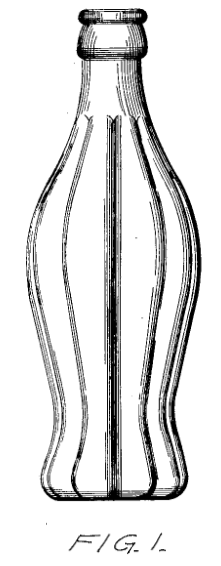
USD98821S – Ice Cream Cone (1936)
This ornamental cone turned dessert into design. Over a century later, the same waffle-textured cone is still used in everyday ice cream treats and has become synonymous with the classic cone experience, proving that simplicity can be yummy.
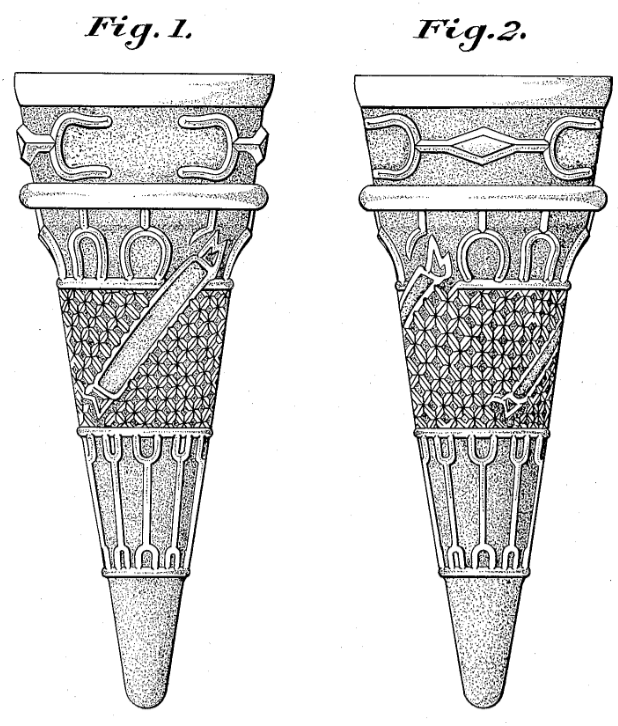
USD164227S – Fender Stratocaster Guitar (1951)
With its double-cutaway body and flowing curves, the Fender Strat redefined electric-guitar design. Elvis, Clapton, Hendrix, they all helped turn the Fender Strat into a cultural icon, shaping not just music, but rock culture itself.
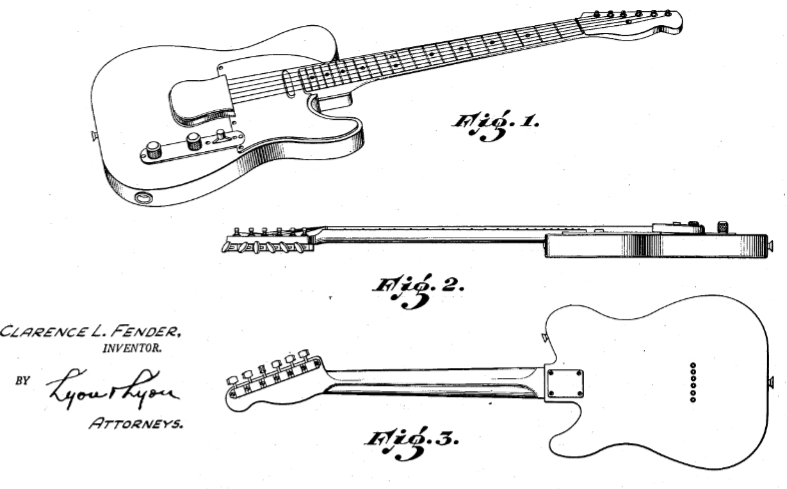
USD253711S – LEGO Minifigure (1979)
That smiling, blocky little person isn’t just a toy; it’s also a patented icon. This design locked in the proportions, stance, and whimsy that made LEGO a global phenomenon. Decades later, these tiny figures helped LEGO become one of the most recognizable toys in the world.

USD479233S1 – BlackBerry Handheld Device (1999)
Compact screen, miniature keyboard, executive style, the BlackBerry defined an era before touchscreens and became the ultimate business badge of the 2000s. This patent safeguarded the look that turned mobile messaging into a way of life and was an executive must-have before touchscreens took over.
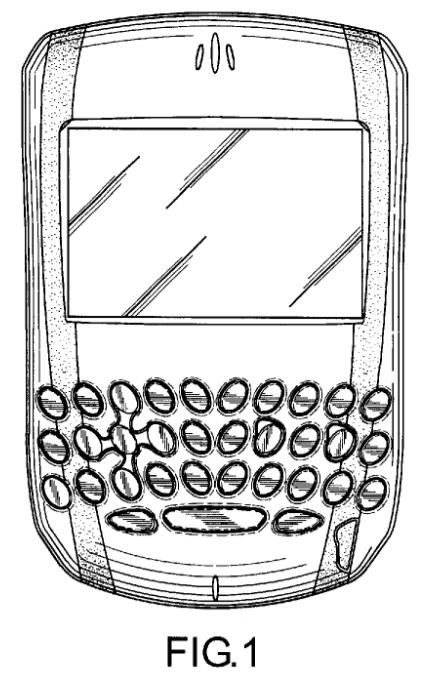
USD593087S1 – Apple iPhone Design (2009)
The smooth, black rectangle with rounded corners was simple, yet revolutionary. Apple wielded this patent in its billion-dollar war with Samsung, proving that looks alone can shape the smartphone market (and lawsuits).
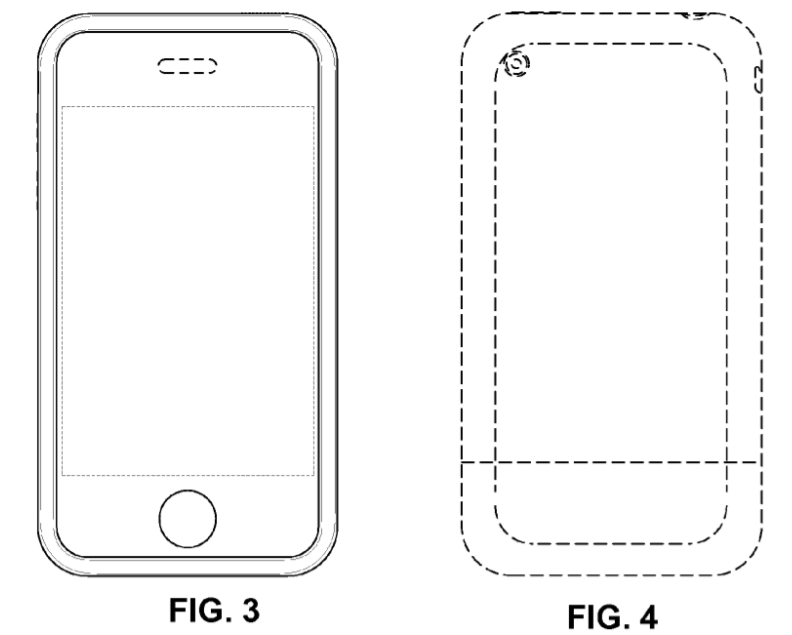
USD604305S1 – iPhone Icons (2010)
Apple didn’t just stop at hardware; the iPhone’s grid of rounded, colorful icons also earned protection. The design helped define the smartphone user experience and showed that software aesthetics can be just as valuable as physical design.

From the Coke bottle to the iPhone, these designs show how form can define generations of products. Great design doesn’t just decorate the world; it shapes it. At MaxVal, we explore design patents, uncovering stories behind creations that shape markets and stand the test of time. Over 180 years since the first U.S. design patent, the power of design continues to influence culture, commerce, and creativity in surprising and profound ways.




